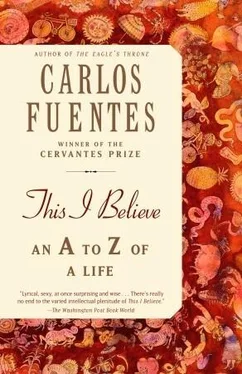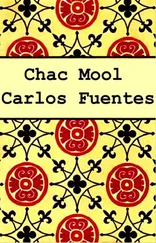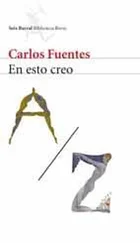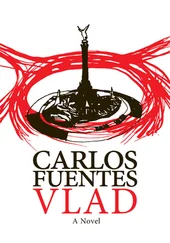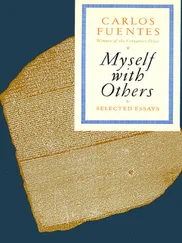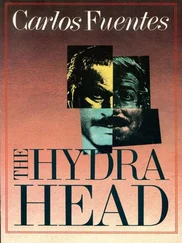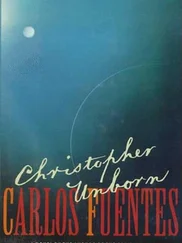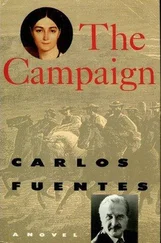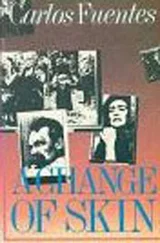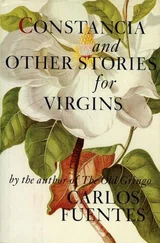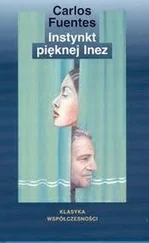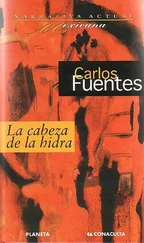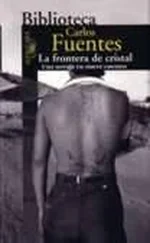Who had seen these phantoms, painted them, given them corporeal horror? Another citizen of Zurich, Füssli, the greatest of the pre-Romantic painters. Füssli, who from the eighteenth century had embodied all the themes of the dark night of the romantic soul just as Mario Praz described them in his celebrated book Flesh, Death, and the Devil in Romantic Literature. Füssli and the Belle Dame Sans Merci, Füssli and the beauty of the Medusa, Füssli and the Metamorphoses of Satan, Füssli and André Gide’s warning that not believing in the Devil means giving him all the advantages of surprising us. The baptismal waters of Romanticism — the beauty of the horrible — spring from Füssli, citizen of Zurich. Darkness shattered by unattainable light. The joy in crime that the anti-cuckoo Harry Lime embodied so well. The Fatal Man and Fatal Woman who have bewitched our impossible imaginations, from Lord Byron to Sean Connery and from Salomé to Greta Garbo. .
Zurich, as repository of the archetypes of the modern world? Why not, if we take a broad view of things? James Joyce sang lusty songs in the Café Terrasse, playing with the words in joyous anticipation of Ulysses, his work in progress. Lenin was a habitué of the Café Odeon before he left for Russia in a famously sealed railway car. Did the two ever meet for real, as Beckett recalled, or did they only encounter each other in Tom Stoppard’s play? Didn’t all these ghosts walk upon the waters of the lake in Zurich?
And yet, for me, dazzling as a Füssli painting and shocking as all the Dada pranks may be, tensely opposite as the Zurich life and work of Joyce and Lenin may be, it is always Mann, Thomas Mann, the good European, the contradictory European, the critical European, who comes back to my heart and mind as the figure I most closely identify with the city of Zurich.
How many times was he there? Can we really separate Mann from Zurich? What a long life he lived there, with all the comings and goings between his villa at Kusnacht and his homes at Erlenbach and Kilchberg; places of rest, spaces for work. But then there is also the Zurich to be remembered as the setting of certain high points in Mann’s life. The 1921 visit, when he dared to raise his speech fee to 1,000 marks. The day in 1926 when he read “Disorder and Early Sorrow” to students. The joyous 1936 celebration of his sixtieth birthday; he had chosen Zurich not as a foreign place but as “a homeland for a German of my ilk.” Zurich as “an ancient seat of Germanic culture, where the Germanic fuses into the European.” The disturbing visit in 1937, on the precipice of the Nazi night and fog, preparing Lotte in Weimar as a desperate attempt at a new Aufklärung, a new Enlightenment, ignoring Gerhart Hauptmann’s refusal to shake hands with the philosophical desire for “other times,” perhaps better ones. And then his struggles to keep his son Klaus off drugs — a world, wrote Mann, “where moral effort. . earns no gratitude of any kind.”
And then there is the Thomas Mann who returns to Zurich after the war, to embark upon a period of ceaseless activity, as if age and exhaustion held no sway. The room at the Hotel Baur au Lac, endlessly invaded by mail deliveries, requests for interviews, tiny scraps of glory in the writer’s boots, more and more until they became an insufferable nuisance. And then retreating to the beauty of a young man he yearned for, waiting for “a single word from the boy” and knowing that nothing, nothing in the world can empower an old man to love again.
And then, on August 15, 1955, “the throne became vacant.” And I turned around and looked back on that serendipitous encounter in Zurich in the spring of 1950, and wrote, “Thomas Mann, out of his solitude, had finally found the affinity he sought between the personal fate of the author and that of his contemporaries. ” Through Mann, I had imagined that the products of his loneliness and this affinity were called art (created by one) and civilization (created by all). He had spoken with such assurance in Death in Venice about the duties imposed upon him by his own ego and the European soul, that I, paralyzed by my admiration of him, saw him that night in Zurich as something so distant that I was unable to imagine anything at all comparable in our own Latin American culture, where the extreme demands of a ravaged and often silenced continent very often annihilate the voices of men and turn the voice of society into a hollow political monster, sometimes even killing it or turning it into a kind of sentimental, pathetic dwarf.
Yet as I looked back on my impassioned reading of all that Thomas Mann wrote, from “The Blood of the Walsungs” to Doktor Faustus, I could not help but feel that despite the vast differences separating his culture and my own, both (that is, Europe, Latin America, Zurich, Mexico City) were cultures where literature, in the end, asserted itself through a relationship between the visible and invisible worlds of narrative, between nation and narration. A novel, said Mann, should weave together the threads of many human destinies in the task of crafting a single idea. The “I,” the “you,” and the “we” were dried and separated out by our own lack of imagination. I understood what Mann was saying and I was able to put those three “people” together many years later, when I wrote my novel La muerte de Artemio Cruz ( The Death of Artemio Cruz ).
But then the 1950s meandered into the 1960s and we turned our attentions to another citizen of Zurich: Max Frisch and I’m Not Stiller. We got wind of Friedrich Dürrenmatt and “The Visit.” We even realized that Jean-Luc Godard was, in fact, Swiss and that the proverbial cuckoo was as dead as the equally proverbial duck, as dead as the equally proverbial doornail. Harry Lime emerged from the sewers, only to become fat and smug, doing television spots about drinking “no wine before its time.” Welles himself suffered the same fate as Kane, indulgent and tragic, and perhaps he left behind scraps of his tremendous talent in the hands of hard, tragic, implacable Swiss writers like Frisch and Dürrenmatt, those whom Harry Lime saw as nothing more and nothing less than cuckoo clocks.
I have two endings for my tale of Zurich; one is much closer to my age and my culture. It is the image of the Spanish writer Jorge Semprún, a Spanish Republican and Communist who was sent to the Nazi concentration camp of Buchenwald at age fifteen and who, when he was liberated by the Allied troops in 1945, could not recognize his own face, that of an emaciated young man who had been rescued from death, who would never speak of his wrenching experience until his face said to him, “You can speak again.”
In his extraordinary book, La escritura o la vida ( Writing or Life ), Semprún waits patiently until he is fully restored to life, even if it takes him decades (and it does) to speak about the horror of the camps. And so, one day, in Zurich, he dares to enter a bookshop for the very first time since his liberation so many years earlier, and he surprises himself by staring at his reflection in the shop window. Zurich has given him back his face. He does not need to rediscover the horror. Recovering his face is enough to tell us the whole story. The life of Zurich surrounds him.
The second ending is closer to my own memories. It happened that night in 1950 when, without him knowing it, I left Thomas Mann sipping his demitasse as midnight was approaching and the floating restaurant of the Baur au Lac gently swayed and the Chinese lanterns slowly flickered and went out.
I will always be grateful to that night in Zurich for silently teaching me that in literature, you know only what you can imagine.
